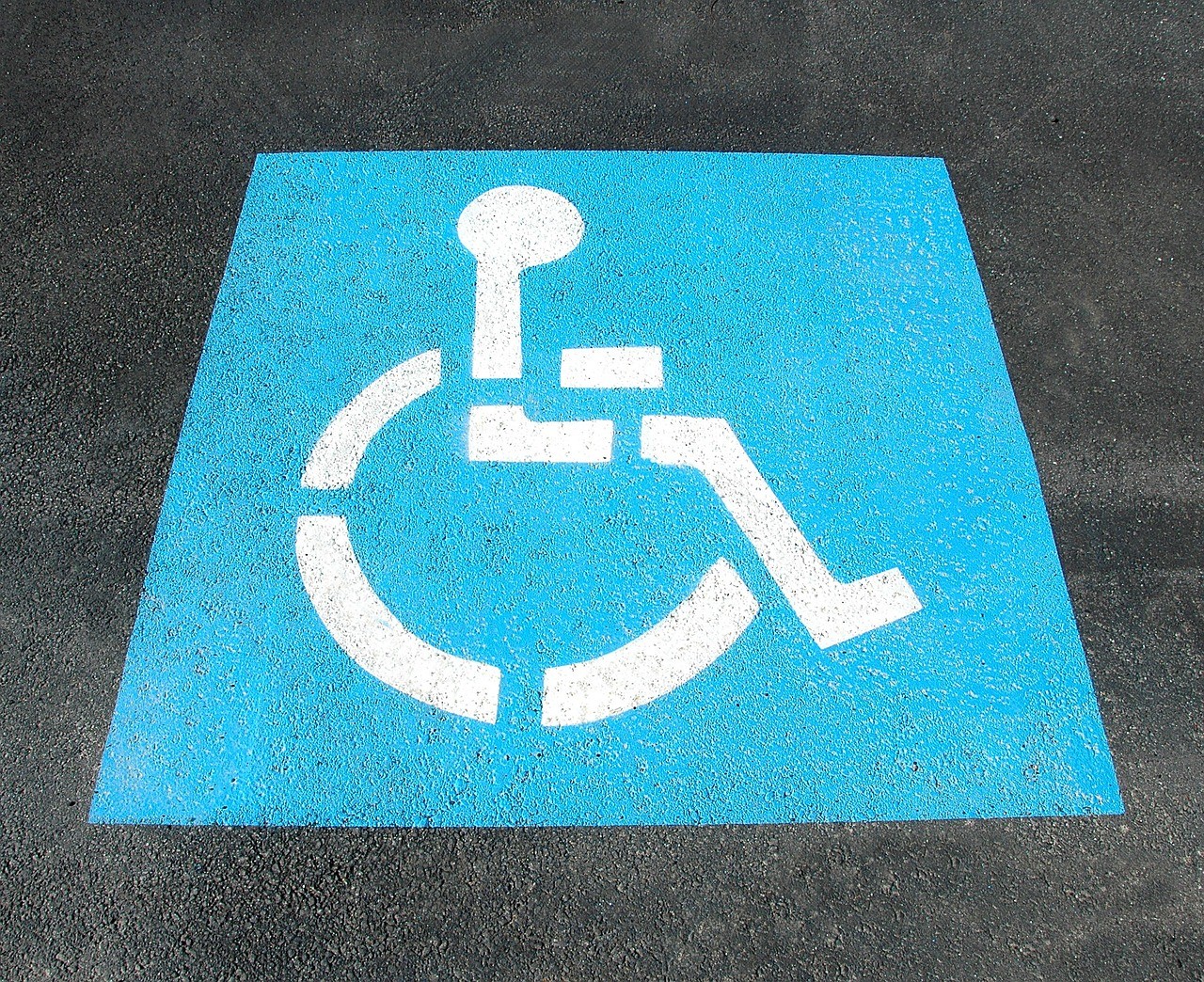
July 17, 2023, 10:54 am
Accessibility is a crucial aspect of providing comprehensive dental care. It ensures that individuals of all abilities can access the dental services they need without barriers or limitations. By making your dental practice more accessible, you create an inclusive environment that welcomes diverse patients and promotes equal access to oral healthcare.
- Physical Accessibility:
Start by assessing the physical accessibility of your dental practice. Ensure that your entrance, waiting area, treatment rooms, and restrooms are accessible to individuals with mobility challenges. Install ramps or lifts where necessary to accommodate patients who use wheelchairs or have difficulty with stairs. Make sure pathways are clear of obstacles, allowing easy maneuverability for patients with mobility aids. Consider the placement of dental chairs and equipment to provide ample space for wheelchair users and those with mobility challenges.
- Communication and Language:
Effective communication is essential for all patients, regardless of their abilities or language preferences. Train your staff in effective communication techniques, such as clear enunciation, using plain language, and providing written instructions when needed. If you serve a diverse population, consider offering multilingual staff or interpreters to assist patients who have limited English proficiency. Additionally, provide information in multiple languages on your website, signage, and patient materials to ensure patients can access vital information.
- Sensory Considerations:
Dental practices can be overwhelming for patients with sensory sensitivities or disabilities. Create a calm and comfortable environment by controlling excessive noise, minimizing bright or flickering lights, and offering a designated quiet space where patients can relax before or after their appointments. Provide headphones or earplugs to patients who may require auditory support. Being sensitive to sensory needs can significantly improve the experience for patients with sensory disabilities.
- Digital Accessibility:
In today's digital age, ensuring your online presence is accessible is crucial. Optimize your website to meet accessibility standards, such as using clear headings, descriptive alt tags for images, and providing captions for videos. Make sure your website is compatible with screen readers and keyboard navigation for individuals with visual or motor impairments. Consider offering online appointment scheduling and accessible forms to streamline the process for all patients. By prioritizing digital accessibility, you extend your practice's inclusivity beyond the physical office space.
- Staff Training and Sensitization:
Training your staff on disability awareness and sensitivity is vital for providing inclusive care. Educate your team about different disabilities, challenges patients may face, and appropriate language and etiquette. Foster a culture of respect and empathy, ensuring that staff members are knowledgeable and responsive to patients' diverse needs. Encourage staff to ask open-ended questions and actively listen to patients to understand their specific requirements and accommodate them effectively.
- Feedback and Continuous Improvement:
Seeking feedback from patients is essential for continuous improvement. Create opportunities for patients to provide feedback on their experience with regards to accessibility. This can be through surveys, suggestion boxes, or online reviews. Actively address concerns and suggestions from patients and incorporate changes based on their feedback. By actively involving patients in shaping a more accessible practice, you demonstrate your commitment to continuous improvement and patient-centered care.
Improving accessibility in your dental practice is a fundamental step towards creating an inclusive environment where every patient feels welcome and valued. By addressing physical accessibility, enhancing communication and language support, considering sensory needs, ensuring digital accessibility, providing staff training, and seeking patient feedback, you can make significant strides in improving accessibility. Remember, accessibility goes beyond physical modifications—it encompasses a holistic approach to care that embraces diversity, respects patients' needs, and enhances the overall patient experience. By making your dental practice more accessible, you contribute to a more inclusive and equitable oral healthcare system.
